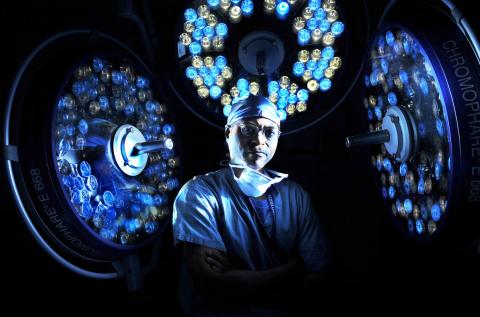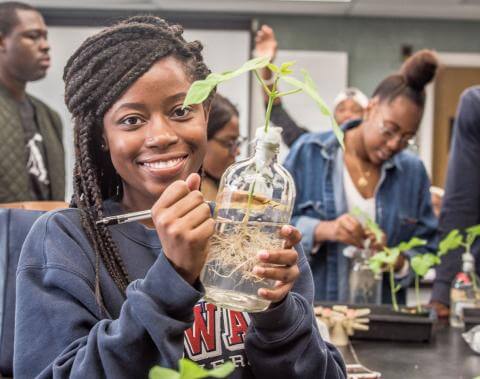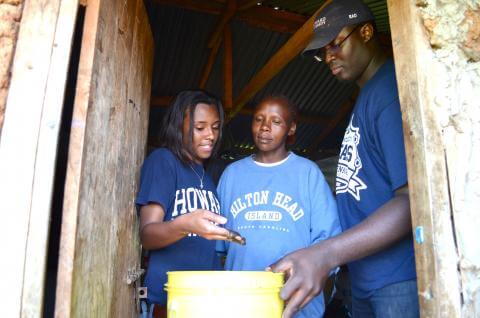Water has three impacts on sustainability that must be addressed. First and foremost is to provide clean water for all. This is essential to healthy living. Second, we need to minimize the use of domestic water. Water waste is expensive and subsequent treatment has significant associated costs and have negative impacts on the environment. Third, there is a need to minimize the negative impacts of stormwater runoff. This water can sometimes be used to help minimize water use like landscape watering and flushing toilets. It also has negative direct impact on the environment if not managed. Runoffs can erode the landscape and wash pollutants into steams and tributaries. The non-porous areas of parking lots and rooftops make this of particular concern in an urban setting.







